Culture in Spain
Cultural experiences in Spain
Spain, a country with a rich history and vibrant traditions, is full of cultural diversity.
From the historic cities with their impressive architecture to the traditional customs that vary from region to region, Spanish culture offers a rich diversity with something for everyone.
In this article, we will take a deep dive into the facets of Spanish culture, from the culinary delights to the traditions and customs of Spain.
Spanish cuisine
Spanish cuisine is highly regional and each region has its own specialities and culinary traditions. Olives, garlic, tomatoes and peppers are some of the basic ingredients that are used in many dishes and give Spanish cuisine its characteristic flavour.
5 typical dishes in Spain
1. Paella

This rice dish from the Valencia region is probably one of the most famous Spanish dishes. There are many variations, including Paella Valenciana with chicken and rabbit or Paella de Mariscos with seafood.
2. Tapas
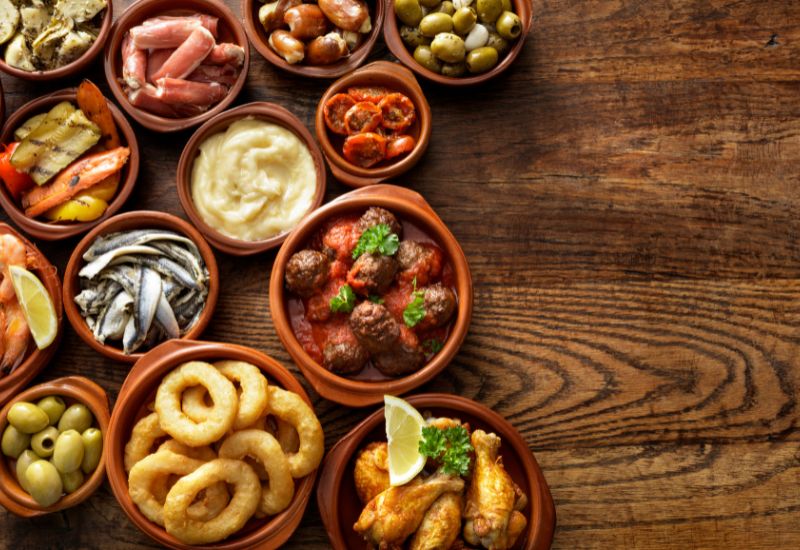
Although ‘tapas’ is a collection of small appetisers, it could be considered a representative concept of Spanish cuisine. From patatas bravas (crispy baked potatoes) to albóndigas (meatballs) and pimientos de padrón (small, green, roasted peppers), tapas are diverse and popular.
3. Tortilla Española
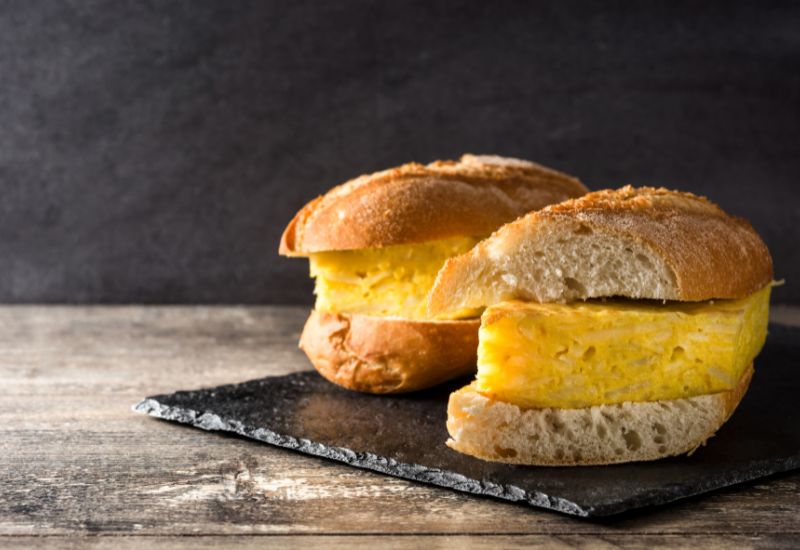
This Spanish omelette made from eggs, potatoes and onions is a simple but delicious dish. It is often served as tapas or as a main meal. In some regions, chilli peppers, peas or ham are also added.
4. Gazpacho

This cold soup made from pureed vegetables such as tomatoes, peppers, cucumber, onions and garlic is particularly refreshing in summer. It is often prepared with bread, olive oil and vinegar.
5. Churros

Churros are a popular pastry in Spanish cuisine, often eaten as a snack or dessert. They consist of a simple dough made from water, flour and salt. This is then moulded into an oblong shape using a piping bag and deep-fried in hot oil. They are then usually served with chocolate, but sometimes also with icing sugar or cinnamon and sugar.
Drinks
Sangría
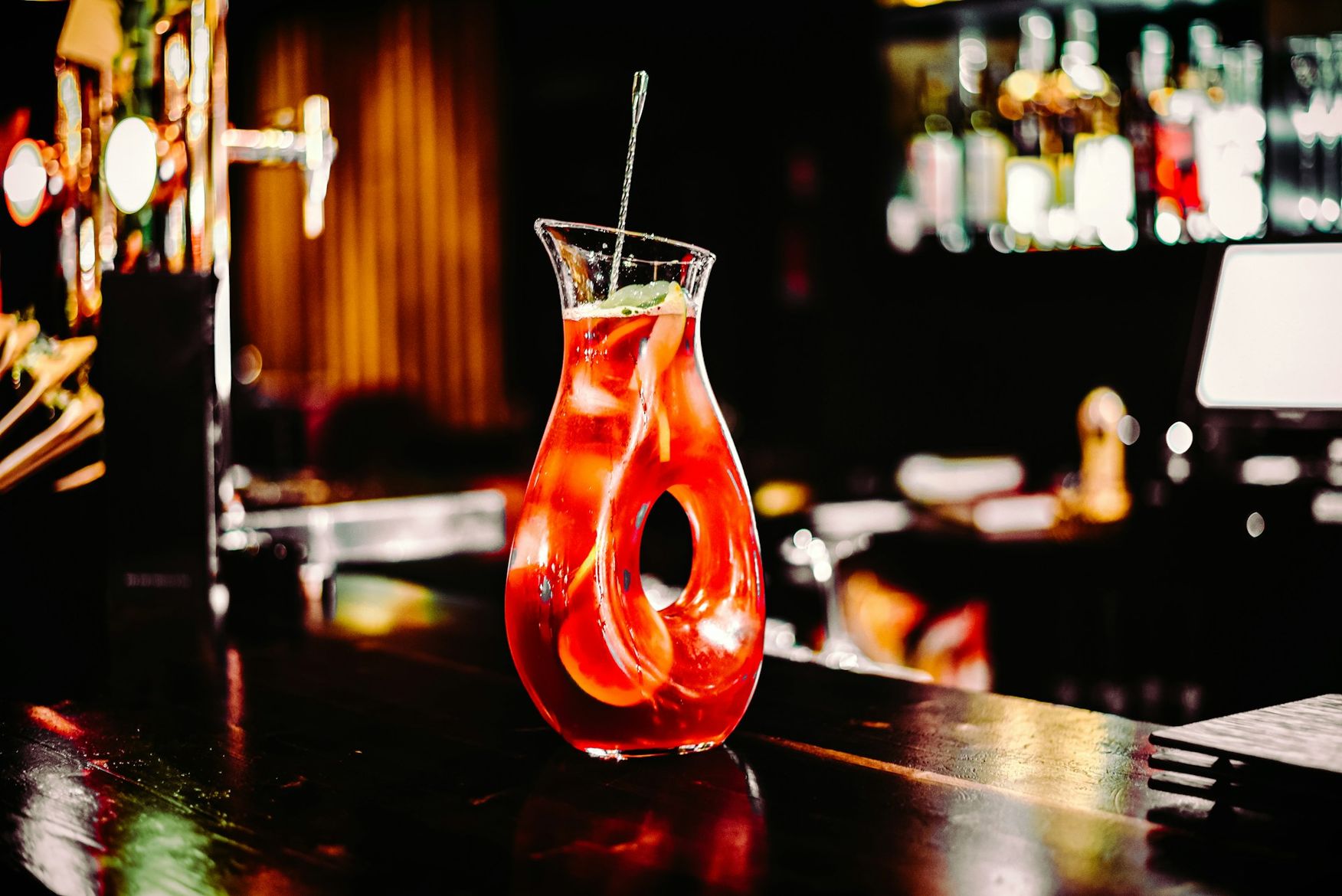
This drink is one of the most famous in Spain. Sangría is a refreshing summer wine cocktail that is often made with red wine, fruit juice (e.g. orange or lemon juice), sliced fruit, sugar and occasionally a dash of brandy or liqueur. The drink is often served well chilled.
Tinto de Verano
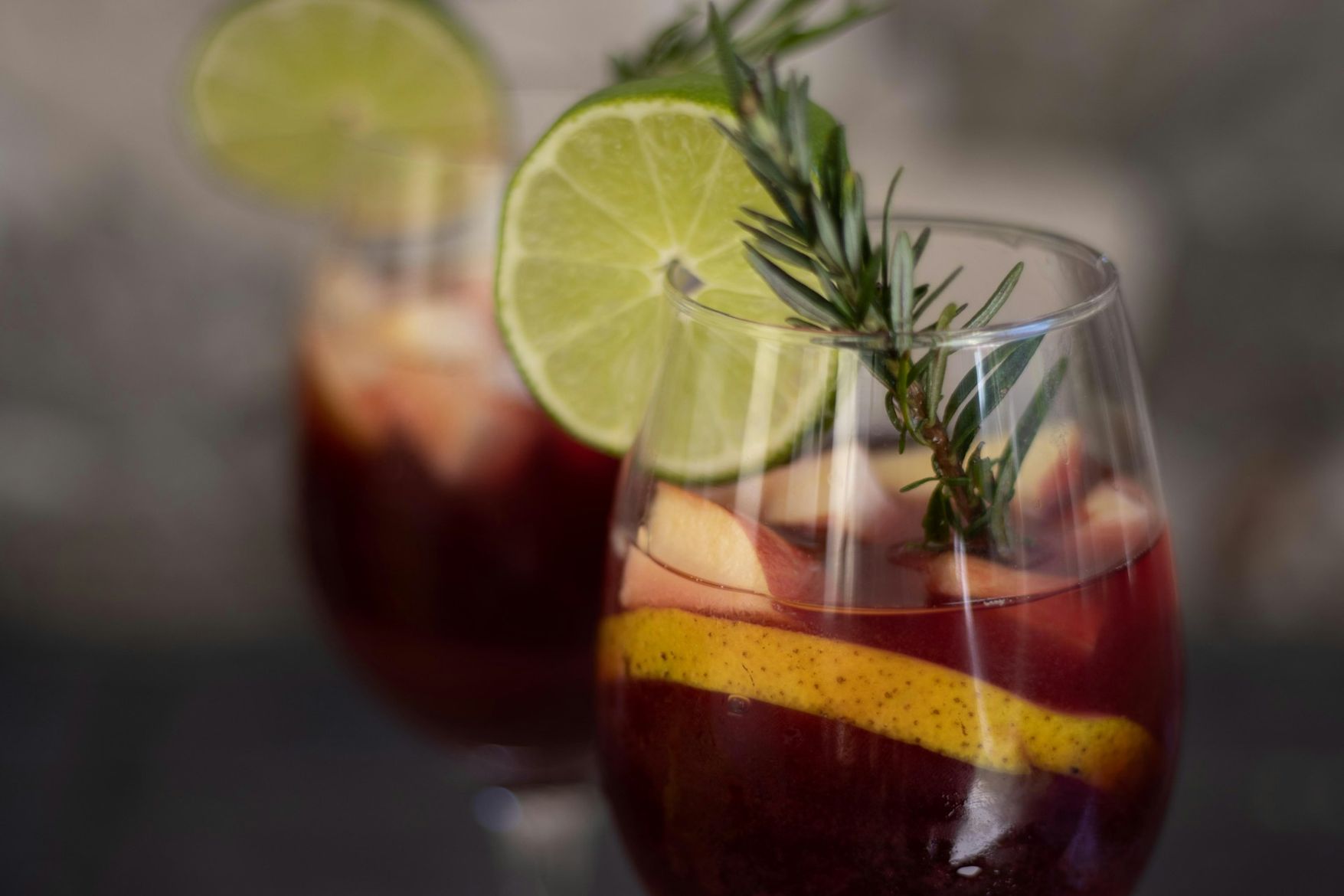
This drink is a simpler alternative to sangría and consists of red wine, mineral water and a slice of lemon. It is lighter and less complex than sangría and is a favourite drink in the hot summer months.
Traditional festivals and customs
Semana Santa (Holy Week)
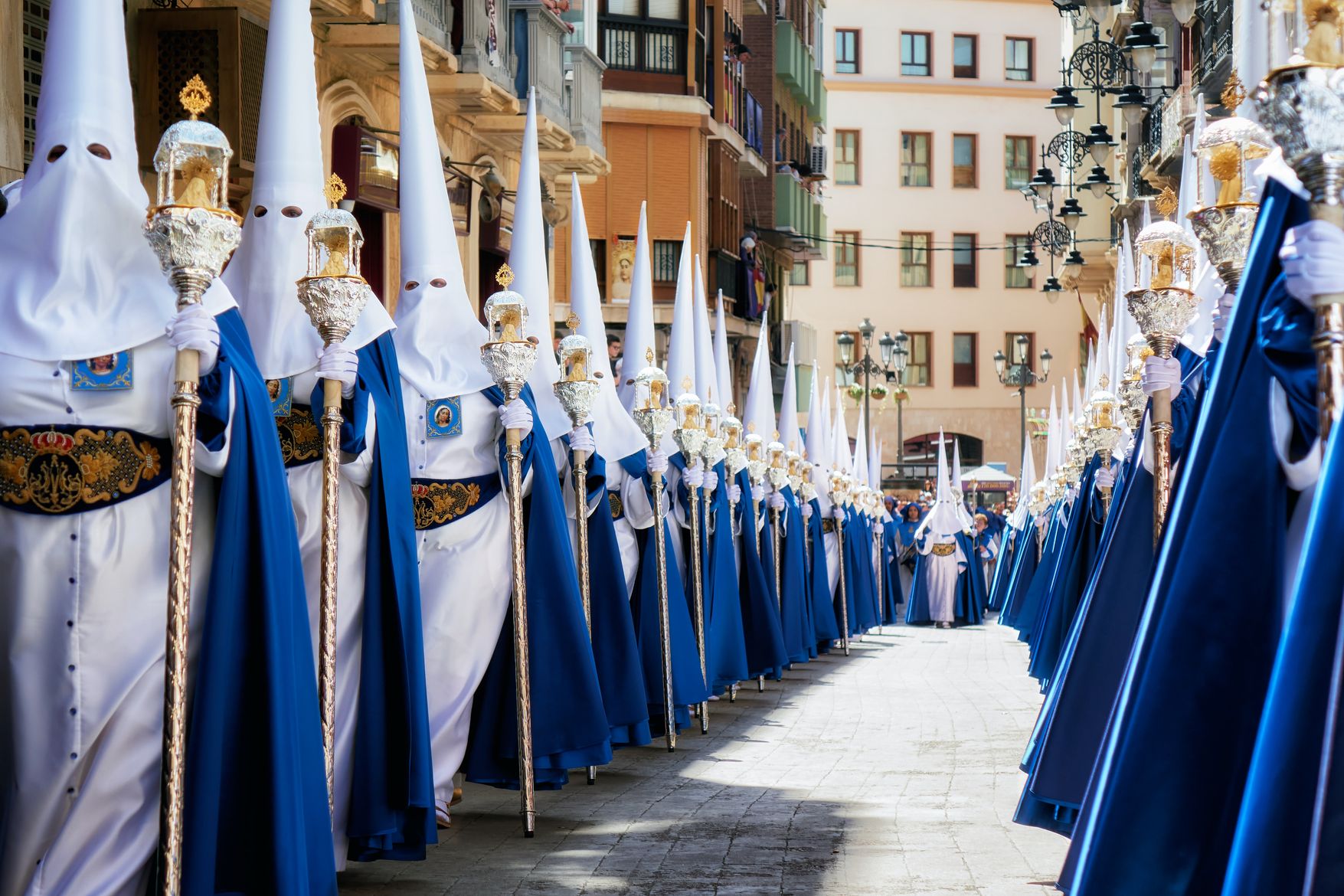
Time: The week before Easter.
Description: Semana Santa is one of the most important religious festivals in Spain and is celebrated nationwide. It takes place every year on Palm Sunday and Easter Sunday. In many towns and villages there are daily processions in which religious figures and statues are carried through the streets. The processions are often accompanied by people wearing hoods, long robes and pointed hats. Music, prayers and traditional rituals accompany the events. Particularly impressive Semana Santa celebrations take place in cities such as Seville, Málaga and Valladolid.
La Tomatina
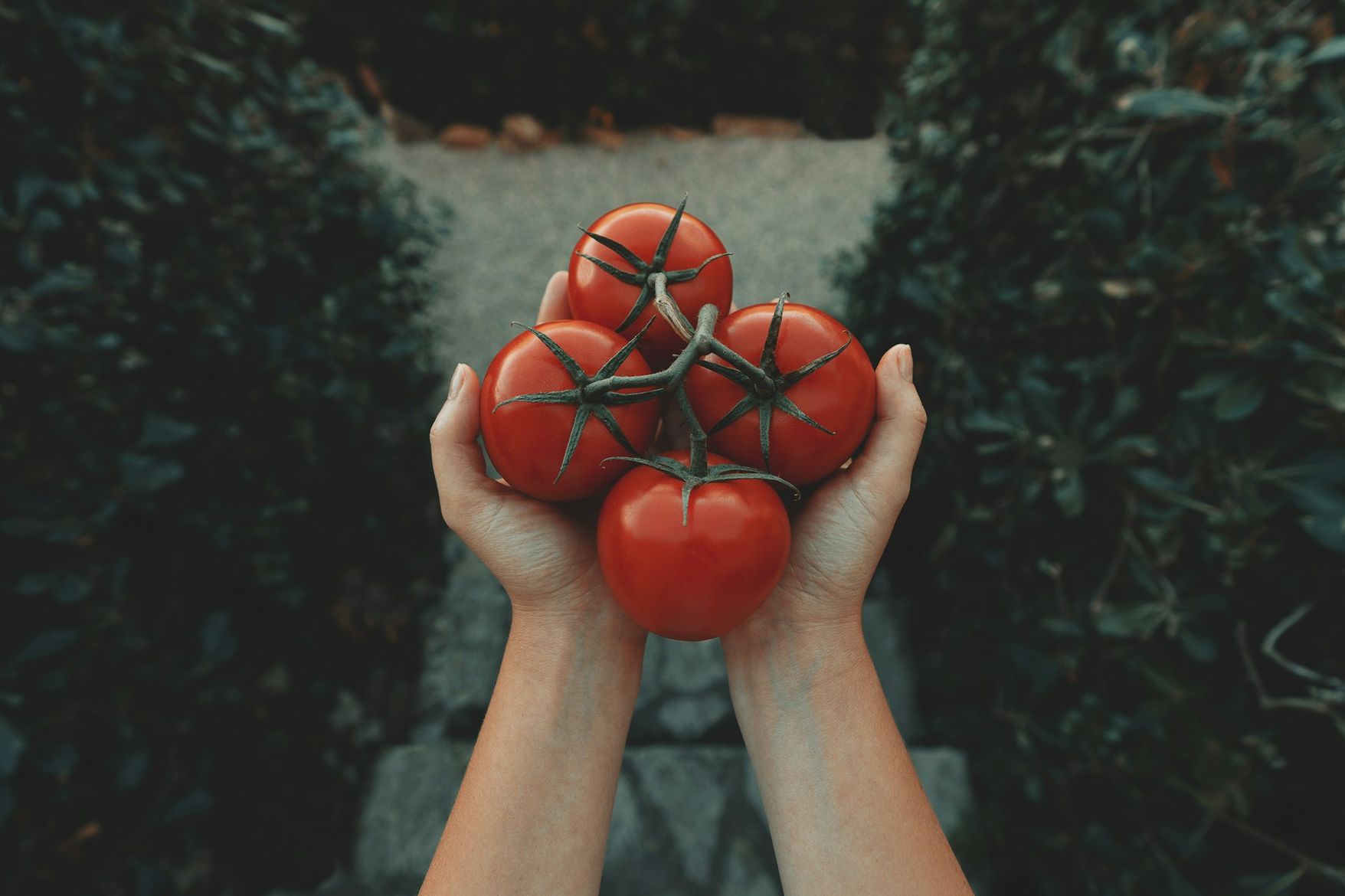
Date: The last Wednesday in August.
Description: La Tomatina is a unique and world-famous festival that takes place in the small town of Buñol in the Valencia region. At this festival, participants throw overripe tomatoes at each other. The streets are filled with tomato juice and the atmosphere is exuberant. The exact origin of the festival is unclear, but it has become an international event in which people from all over the world take part. La Tomatina is part of the week of Buñol festivities in honour of Saint Louis.
Both festivals have a deep cultural meaning, but in different ways. While Semana Santa is an intense religious celebration, La Tomatina symbolises a lively and secular form of tradition and community. However, both festivals are unique cultural experiences that reflect Spain's rich heritage.
Corrida de Toros
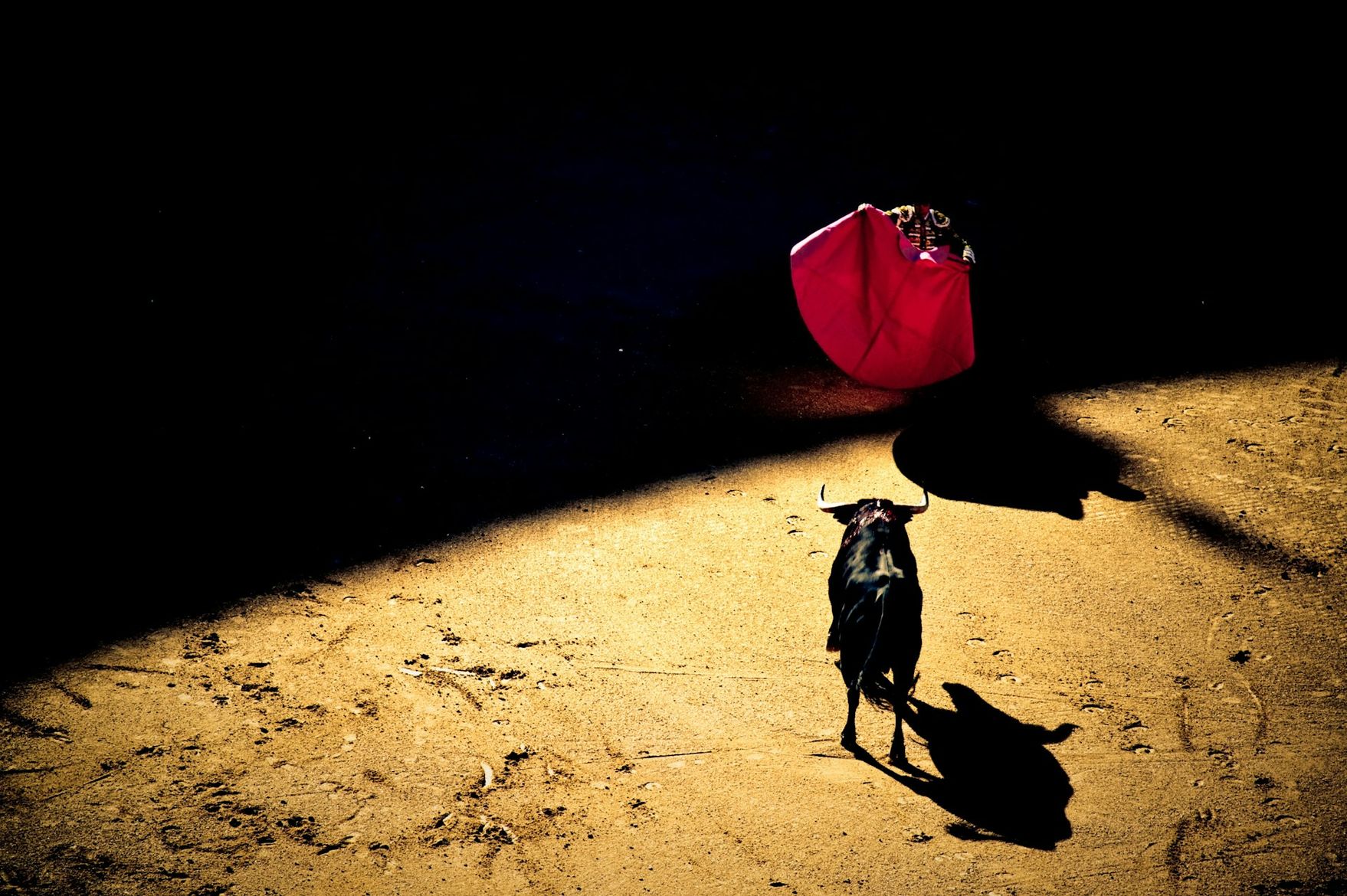
Description: Corrida de Toros refers to the traditional bullfights in Spain. Its origins date back to the Middle Ages, when it was organised as part of royal festivities and events. Bullfights are part of the culture in many parts of Spain, as well as in some Latin American countries, but their popularity and acceptance have declined in recent years. In some regions, such as Andalusia, bullfighting has a long tradition and is considered by some to be a cultural heritage. In other regions, such as Catalonia, bullfights have been banned due to citizens' initiatives and political decisions.
Experience Spanish culture up close
Spain's culture is the result of profound diversity and a rich history. It ranges from breathtaking architecture to traditional dishes and festivals.
Are you ready to gain new cultural impressions in Spain?
Here you can find out more about the toll regulations in Spain so that nothing stands in the way of your holiday.
